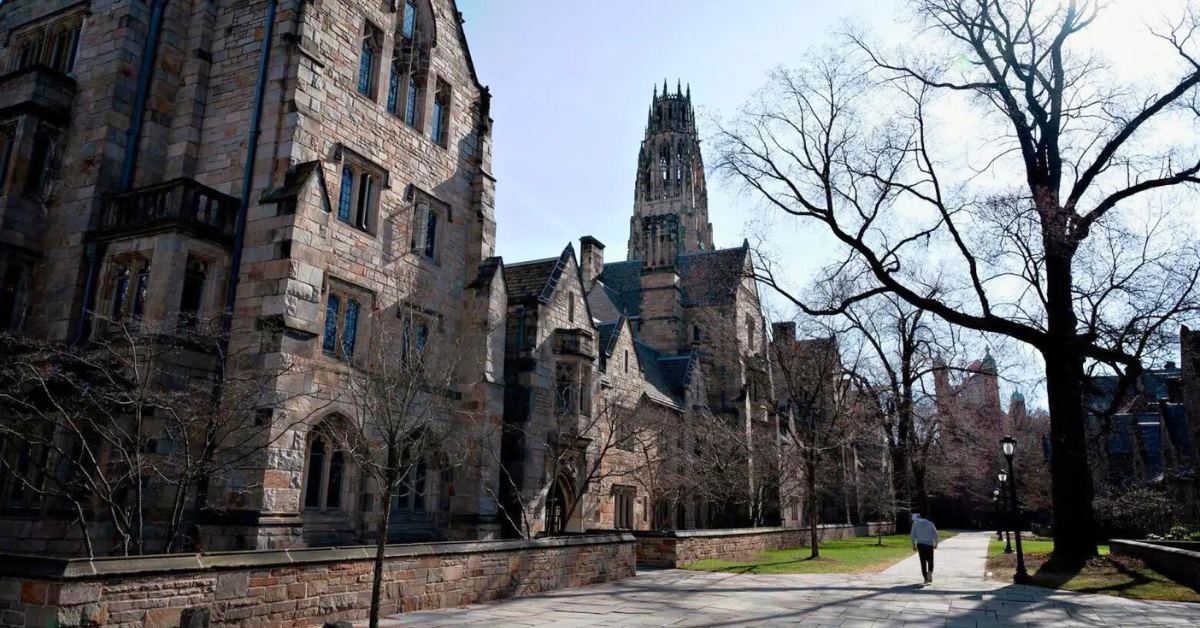2013 Hyundai Veloster Turbo
By Keith Griffin
When the Hyundai Veloster was first introduced in September 2011, there was a sense that it was a great looking three-door coupe that didn’t quite have the performance to match its sporty styling. All of that has changed with Hyundai’s introduction of a turbo-powered 2013 Hyundai Veloster. This is the engine this car has cried out for among enthusiasts who just wanted a little more oomph for some spirited driving when the mood hit.
The Veloster now comes with the optional all-new 1.6-liter, direct-injected twin-scroll turbocharged engine for 201 horsepower on regular fuel, a full 63 horsepower more than the non-turbo model. There’s a certain beauty in that sentence for a couple reasons: 45 percent more horsepower on a car already fairly light to begin with and turbo power on regular fuel, which means no weekly surcharge at the gas pump for premium fuel.
By my definition, a car becomes a performer when it delivers more than 100 horsepower per liter. Hyundai gets 125 horsepower per liter out of the Veloster turbo. (Overall torque is rated at 195 lb. ft. at 1750 horsepower thanks to the turbo.) Another measure of its high performance is a relatively low 14.1 lbs. per horsepower. By comparison, a Fiat 500 Abarth is 15.7 lbs. per liter.
All of this performance comes at a relatively low price. A base model Veloster starts at $17,450 with six-speed manual transmission and $18,700 for the six-speed ecoshift dual clutch transmission. The turbo model has a starting price of $21,950 for the six-speed manual and $22,950 for the six-speed automatic.
Is the $4500 difference worth it? After spending a couple hundred miles behind the wheel outside San Diego during a recent Hyundai media introduction, I’m going to have to say yes just for performance alone. The Veloster turbo runs fast and has great acceleration. According to some published reports, 0-60 comes in 6.5 seconds. That’s fairly fast for a car starting below $22,000.
But the extra $4500 doesn’t just pay for performance. You also get sport-tuned engine intake and exhaust note; sport-tuned steering; unique front fascia, fog lights and ground effects; unique 18-inch alloy wheels with chrome inserts; projection headlights with unique LED headlight accents; side mirrors with turn signal indicators; unique LED taillights; electroluminescent gauge cluster; leather seating surfaces with driver’s power lumbar support; heated front seats; turbo-exclusive Graphite Black interior with Blue or Gray accents; and urbo-exclusive headliner graphics.
The Veloster Turbo also comes with Hyundai-first optional Matte Gray paint. It’s a bit of a sales gimmick that most buyers should resist getting sucked into because the finish requires hand washing. Frankly, I didn’t think it added all that much to the beauty of the car but that is a purely subjective viewpoint. Others found it stunning.
Just remember, though, the finish does not like automatic car washes. Hyundai will provide buyers with a special wax for the car. Owners will have to use soft wash mitts and a mild cleaning solution like alcohol-based window cleaners on the paint. Up to that kind of commitment? Than the matte finish might be up your alley. Hyundai execs admit that it’s probably the second owners of these cars who are going to damage the paint because they won’t have the same commitment to hand washing that new owners do.
OK, enough about matte-finish paint, some of you are probably saying by now. How does the Veloster turbo drive? Pretty damn good thank you. The sport-tuned steering was spot on during a parking lot autocross course Hyundai set up. I actually grew to appreciate the turbo engine even more during one of my runs because I started out in third gear. The Veloster turbo still managed to pull away from the starting line.
When it comes to fuel economy, the Veloster turbo is actually a throwback. The manual transmission gets better fuel economy ratings than the automatic. (Thanks to advancements in transmission technology that’s largely no longer the case.) The efficiency really shows up on the highway where the Veloster turbo is rated at 38 mpg with the manual vs. 34 mpg for the automatic. City ratings are closer at 25-mpg for the manual and 24-mpg for the automatic.
Bottom line? If you already like the Veloster’s looks (and I do) but thought the power was lacking – and it kind of was – you’re going to love the 2013 Hyundai Veloster turbo. It’s that good of a performance vehicle.
VITAL STATISTICS
Wheelbase: 104.3 inches
Length: 167.3 inches
Width: 71.1 inches
Height: 55.1 inches
Curb weight: 2800 – 3005 lbs.
Engine: 1.6-liter, turbocharged four cylinder
Horsepower: 201 horsepower @ 6000 rpm
Torque: 195 lb. ft. @ 1700 rpm
EPA estimated mpg city/highway: 26/38 manual transmission
Base price: $21,950 (manual)
As-tested price: $22,950 (automatic)
Also consider: (a comparative vehicle) Volkswagen Beetle Turbo, Honda Civic Si, Mini Cooper/Clubman S, and Fiat 500 Abarth
(Keith Griffin, news editor for CTLatinoNews.com, is also president of the New England Motor Press Association. For the latest new car news, follow me on Twitter at aboutusedcars. You can also learn about buying and selling a used car at UsedCars.About.com.)



